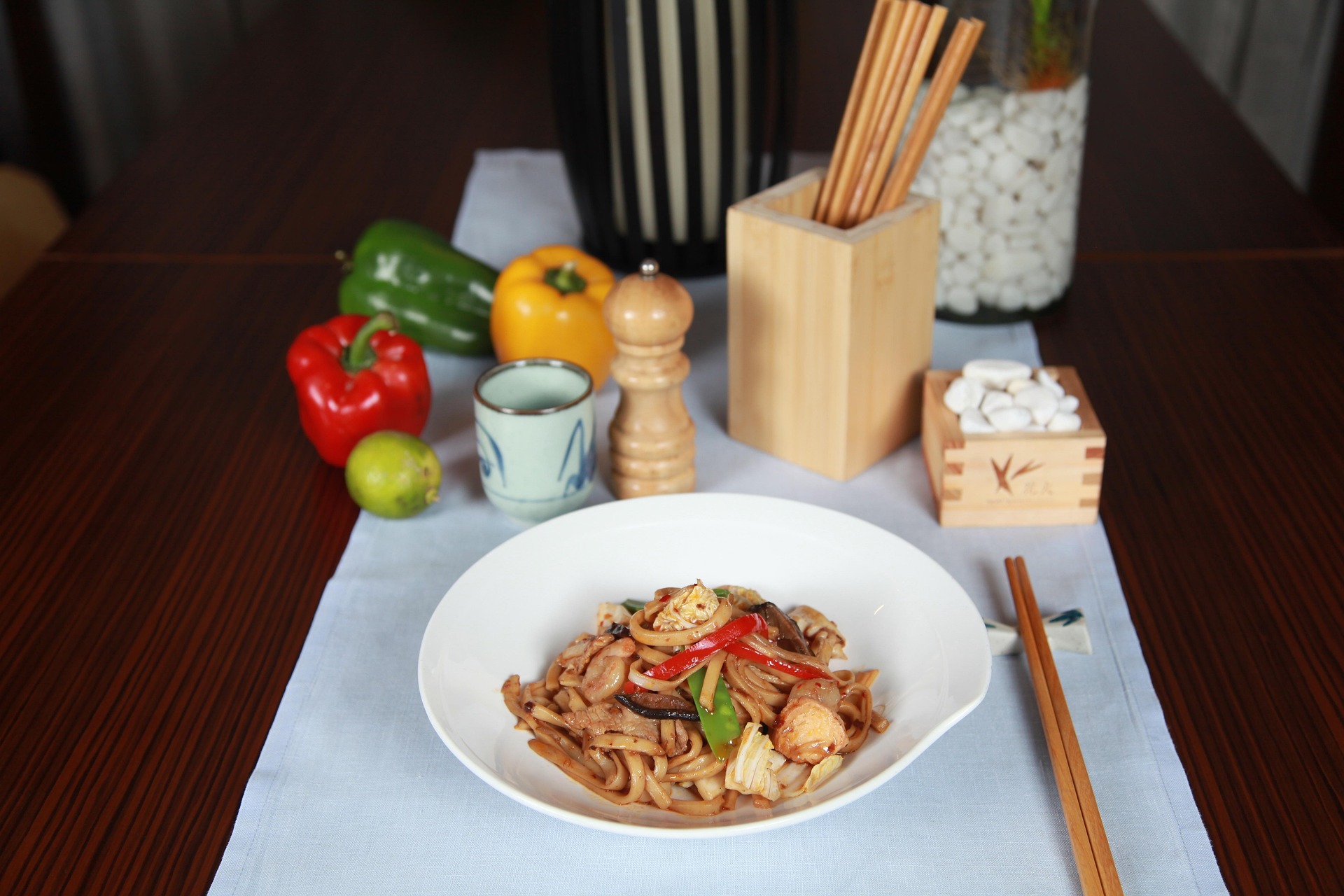Noodle Art: Sculpting Edible Masterpieces
Slurping up a bowl of noodles just got a whole lot more exciting. Welcome to the world of noodle art, where culinary creativity meets sculptural finesse. This emerging trend is taking the food scene by storm, transforming humble strands of dough into jaw-dropping works of art. From intricate portraits to whimsical scenes, noodle artists are pushing the boundaries of what's possible on a plate. Get ready to feast your eyes on these edible masterpieces that are too beautiful to eat – almost.

Tools of the Trade
Creating noodle art isn’t as simple as tossing some spaghetti on a plate. Noodle artists employ a range of specialized tools to bring their visions to life. Tweezers are essential for precise placement of individual strands, while small scissors help achieve clean cuts and defined edges. Some artists use molds to shape noodle bases, while others rely on their nimble fingers to weave intricate patterns. Food-safe dyes allow for a broader color palette, turning plain noodles into vibrant hues that pop against darker backgrounds.
Techniques and Textures
The key to successful noodle art lies in mastering various techniques to create different textures and dimensions. Artists might use a layering method to build up depth, carefully stacking noodles to create 3D effects. Coiling is another popular technique, where noodles are wound tightly to form spirals or circular patterns. For more delicate work, some artists partially cook noodles to make them pliable, then shape them while they’re still warm. The result is a mesmerizing array of textures that can mimic everything from flowing hair to rippling water.
Beyond the Plate
While many noodle artworks are created on plates or in bowls, some artists are taking their creations off the table entirely. Life-sized noodle sculptures have been featured in art galleries and food festivals, challenging the boundaries between culinary art and fine art. Some restaurants are even incorporating noodle art into their dining experiences, offering patrons the chance to enjoy a visual feast before digging into their meals. This fusion of food and art is opening up new avenues for creative expression and redefining what it means to “play with your food.”
The Future of Food As Art
As noodle art gains popularity, it’s sparking broader conversations about the intersection of food, art, and culture. Some see it as a way to preserve traditional noodle-making techniques while pushing the boundaries of creativity. Others view it as a commentary on our increasingly visual food culture, where presentation is just as important as taste. Whatever the interpretation, one thing is clear: noodle art is here to stay, and it’s inspiring a new generation of chefs and artists to think outside the box – or in this case, outside the bowl.
Noodle Art Tips & Facts
• Choose the right noodle: Different types of noodles have varying pliability and strength, affecting your design possibilities.
• Work quickly: Noodles can dry out or become sticky, so speed is key in creating your masterpiece.
• Use a light touch: Overhandling can cause noodles to break or lose their shape.
• Experiment with color: Natural ingredients like spinach or beet juice can add vibrant hues to your noodle palette.
• Practice patience: Complex designs can take hours to complete, so take your time and enjoy the process.
• Noodle art competitions are gaining popularity worldwide, with prizes awarded for creativity and technical skill.
• Some noodle artists use up to 1,000 individual noodle strands in a single piece.
• The world’s largest noodle sculpture measured over 10 feet tall and took a team of artists three days to complete.
As the world of culinary arts continues to evolve, noodle art stands out as a testament to human creativity and the endless possibilities of food as a medium. It challenges us to see our meals not just as sustenance, but as opportunities for expression and wonder. So the next time you sit down to a bowl of noodles, take a moment to appreciate the potential lying in each strand – you might just be inspired to create your own edible masterpiece.





